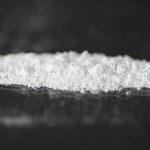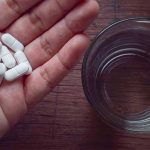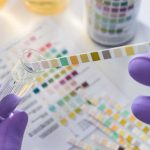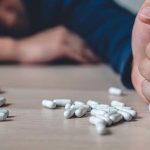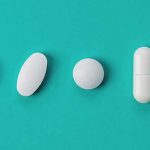Snorting or injecting hydrocodone can lead to respiratory problems, collapsed veins, infections at the injection site, and substance use disorders.
Hydrocodone is the main ingredient in many brand-name prescription drugs, such as Vicodin, Hysingla ER, Norco, and Lortab. It is prescribed as a painkiller, and prescriptions in the U.S. remain high despite its potential for substance abuse and dependency.
The U.S. Food and Drug Administration has encouraged abuse-deterrent formulations of hydrocodone. Vicodin has an abuse-deterrent, extended-release formula that reduces, but does not eliminate, the abuse potential of the drug.
Effects Of Smoking Or Injecting Hydrocodone
Smoking hydrocodone allows the drug to enter your lungs, where it ends up in your bloodstream. Hydrocodone injection allows the drug to enter your bloodstream directly. Both methods can lead to an intense “high,” making hydrocodone a popular target of abuse.
Side effects of smoking or injecting hydrocodone include:
- breathing problems
- drowsiness
- constipation
- infections at the injection site
- collapsed veins
- mental health problems
- substance use disorders
- central nervous system depression
Dangers Of Hydrocodone Abuse
Smoking and injecting hydrocodone are both forms of substance abuse, since they are not approved methods of taking the drug.
Hydrocodone-acetaminophen is a common combination in many products. Acetaminophen abuse can cause long-term liver damage, especially when mixed with alcohol.
Smoking Hydrocodone
Smoking hydrocodone can put stress on your respiratory system. Breathing problems, chronic cough, and slowed breathing are common side effects of smoking hydrocodone.
Injecting & Snorting Hydrocodone
Injection of hydrocodone can have side effects at the injection site. Bacterial infections and collapsed veins are common side effects of injection. Sharing needles with others increases the risk of hepatitis, HIV, and other blood-borne pathogens.
Injecting hydrocodone involves the use of a solution, where hydrocodone powder is dissolved in water. Some people may choose to snort this powder instead of, or alongside, injecting it. Snorting hydrocodone can affect the nasal area by causing nosebleeds, runny nose, and damaged blood vessels.
Increased Risk Of Overdose
When smoking or injecting hydrocodone, it can be difficult to determine the amount you are taking. While hydrocodone pills are given in regulated doses, crushing hydrocodone into powder increases the risk of ingesting dangerously high amounts.
An opioid overdose can cause respiratory depression, a state of slowed breathing. Respiratory depression can lower oxygen flow to life-threatening levels. Other symptoms of hydrocodone overdose include clammy skin and unconsciousness.
Hydrocodone overdose symptoms can be reversed with naloxone. Naloxone may be given by health professionals or people near an overdose victim without medical training, potentially saving lives in the process.
Opioid Use Disorder
Smoking or injecting hydrocodone can increase your risk of an opioid use disorder, or OUD. An OUD is a mental health condition where you are unable to stop taking opioids, despite ongoing health problems.
Hydrocodone is a habit-forming substance with a high abuse potential. Long-term abuse can lead to physical and mental health problems such as:
- opioid cravings
- spending significant amounts of time thinking about hydrocodone
- changes in social groups that center around opioid use
- withdrawal symptoms when trying to quit
Treatment Options For Hydrocodone Abuse
Treating hydrocodone abuse often starts with detoxification or detox. A medical detox flushes habit-forming substances from the body, manages withdrawal symptoms, and prevents further health problems that come from opiate abuse.
After detox, opioid use disorder can be managed with medication like methadone, cognitive behavioral therapy, and wellness exercises. Treatment may be given in an inpatient or outpatient setting, depending on the severity of the patient’s condition.
To find a hydrocodone addiction treatment program that works for you or your loved one, please contact Northeast Addictions Treatment Center today.
Sources
Written by
Northeast Addition Editorial Team
©2024 Northeast Addition Center | All Rights Reserved
This page does not provide medical advice.

